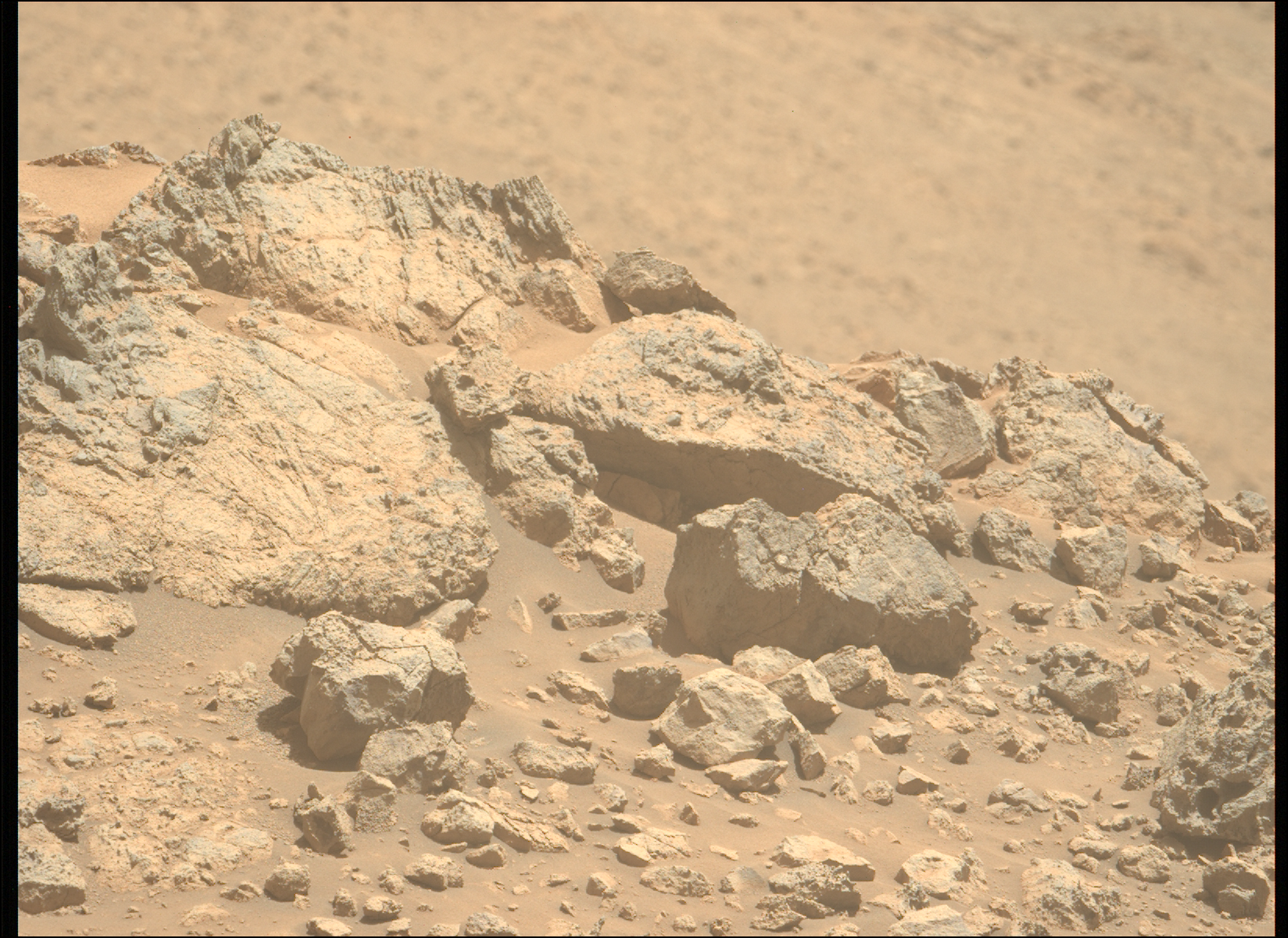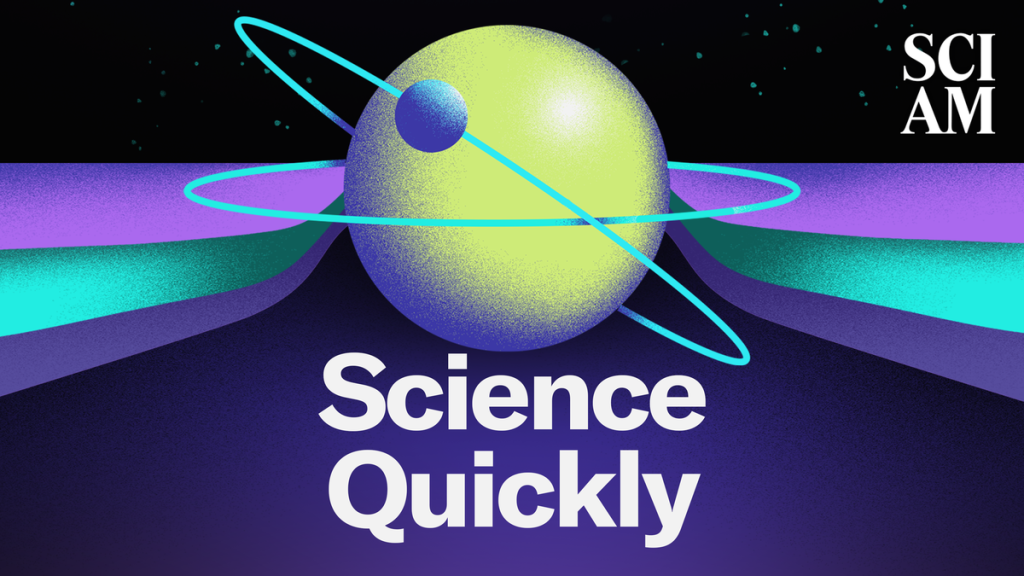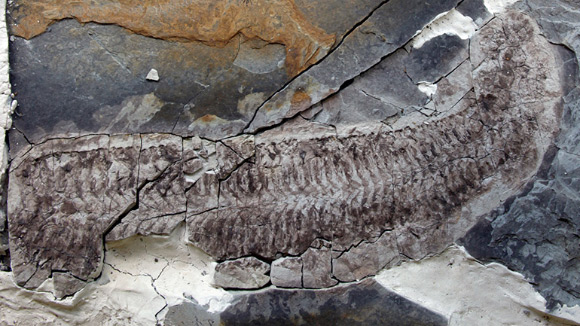Now Reading: Using Mars as a Gateway to the Outer Solar System
-
01
Using Mars as a Gateway to the Outer Solar System
Using Mars as a Gateway to the Outer Solar System

Speedy Summary
- Recent Mars Flybys:
– NASA’s Europa Clipper flew within 550 miles of Mars on March 1, en route to Jupiter, aiming for a December 2026 Earth gravity assist and a subsequent arrival at jupiter in 2030.
– The European Space Agency’s Hera spacecraft passed within approximately 3,100 miles of Mars and just under 300 kilometers from its moon Deimos on March 12. It is heading to study the binary asteroid system Didymos-Dimorphos.
– NASA’s Psyche mission is expected to fly close to Mars in May 2026 while traveling toward asteroid 16 Psyche.
- Purpose of Flybys:
Mars serves primarily as a gravity-assist slingshot for extra speed or trajectory adjustment needed for missions reaching distant destinations like outer planets or asteroids.
- Unique Case: Europa Clipper’s approach slowed the spacecraft slightly (-2 km/s), positioning it for an upcoming Earth gravity assist.
- Observation Opportunities: While observing Mars is secondary,flyby missions sometimes calibrate cameras or gather planetary and lunar data during their interactions with the Red Planet.
- Surface Activity by Perseverance Rover (March): The rover explored rock outcrops in jezero crater, specifically dark-colored formations near “Sally’s Cove.” Observations continue at this cliff-like site.
Indian Opinion Analysis
The sequence of recent space missions passing by Mars highlights India’s growing need to sustain competitive involvement in exploration technology. Global agencies leverage gravitational assists from planets like Mars efficiently; such tactics reduce fuel loads and costs, critical factors for success given budget constraints faced even by advanced space programs. India’s ongoing work through ISRO has laid foundations with impactful lunar missions (Chandrayaan) but needs strategic scaling toward interplanetary explorations leveraging these techniques.
With technological calibration opportunities available during flybys-seen hear as cameras studying nearby atmospheres-India can seek expanded data-sharing partnerships worldwide that push domestic scientific competencies further. Missions targeting asteroids or solar system extremities force global teams like NASA and ESA into multidisciplinary collaborations across astrophysics, engineering precision slingshots increasingly integrated orbital discoveries long inspires future scientists capacity country enlarging coordinates




























